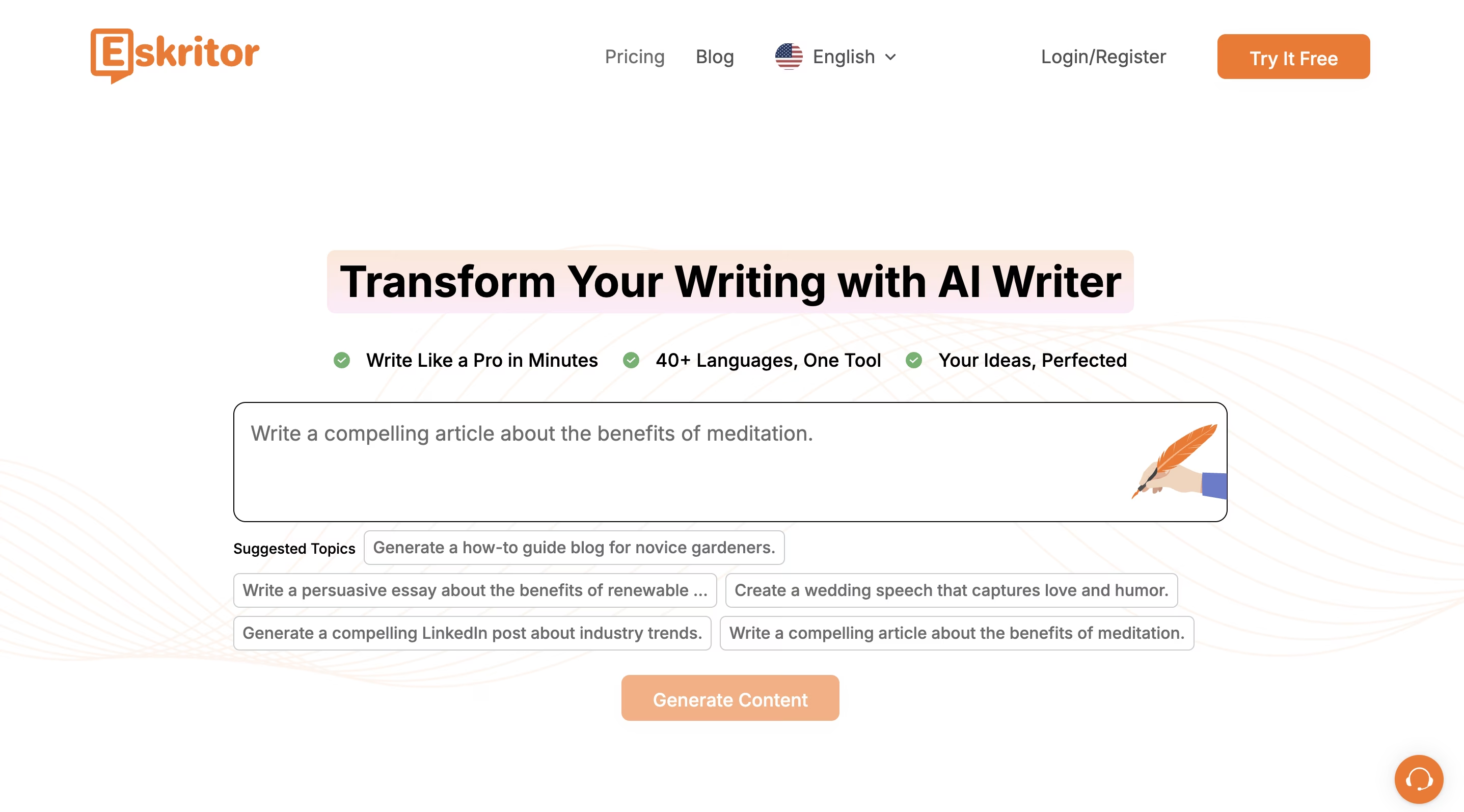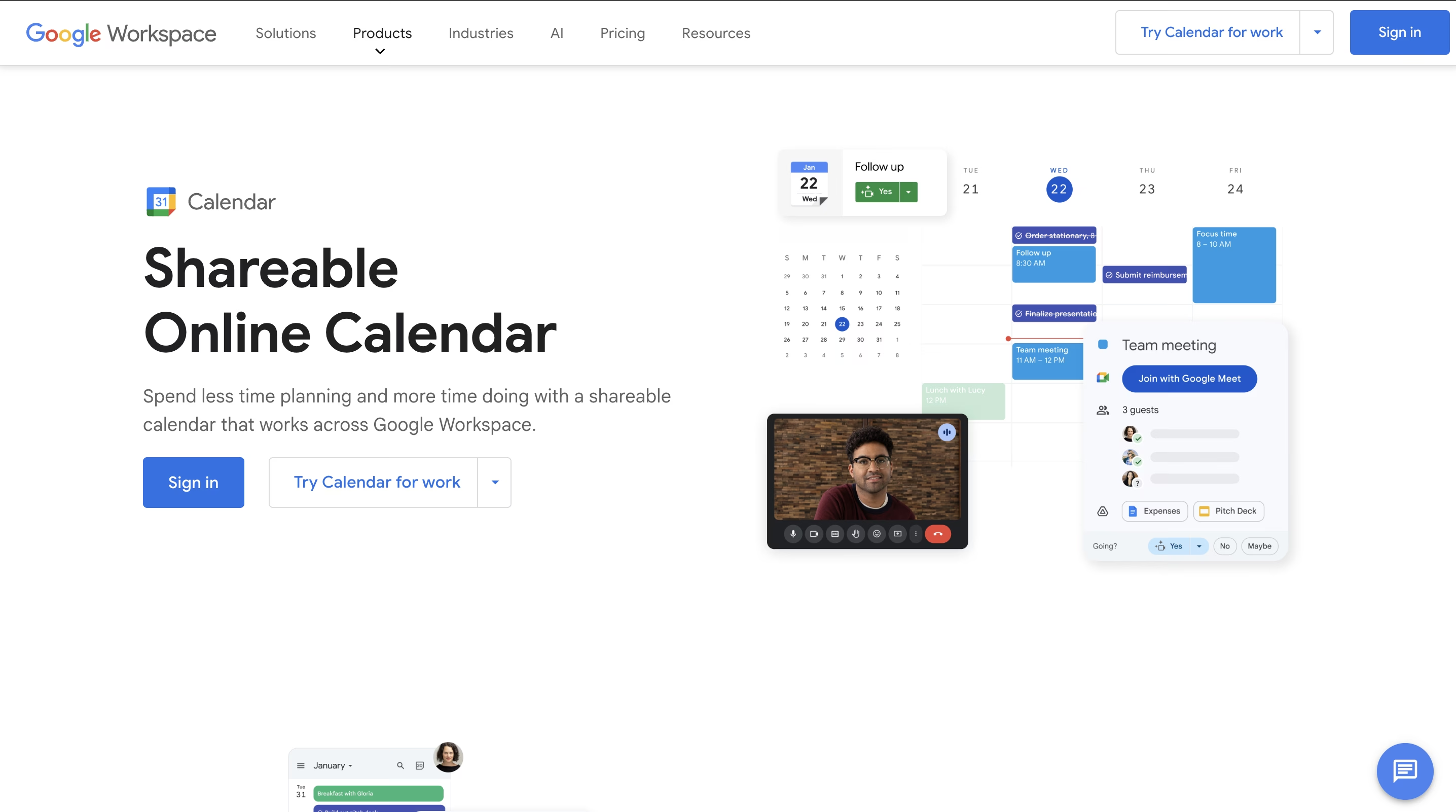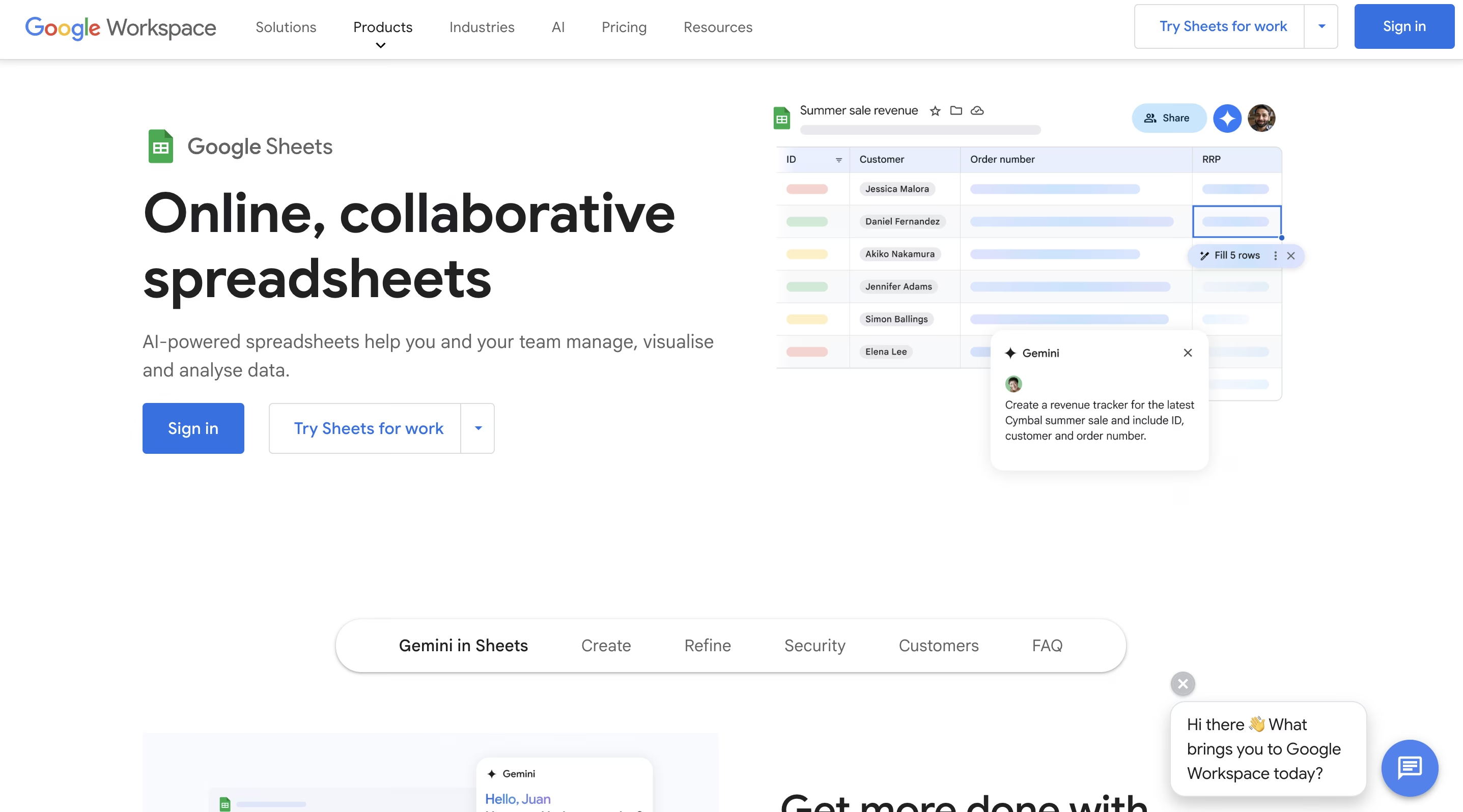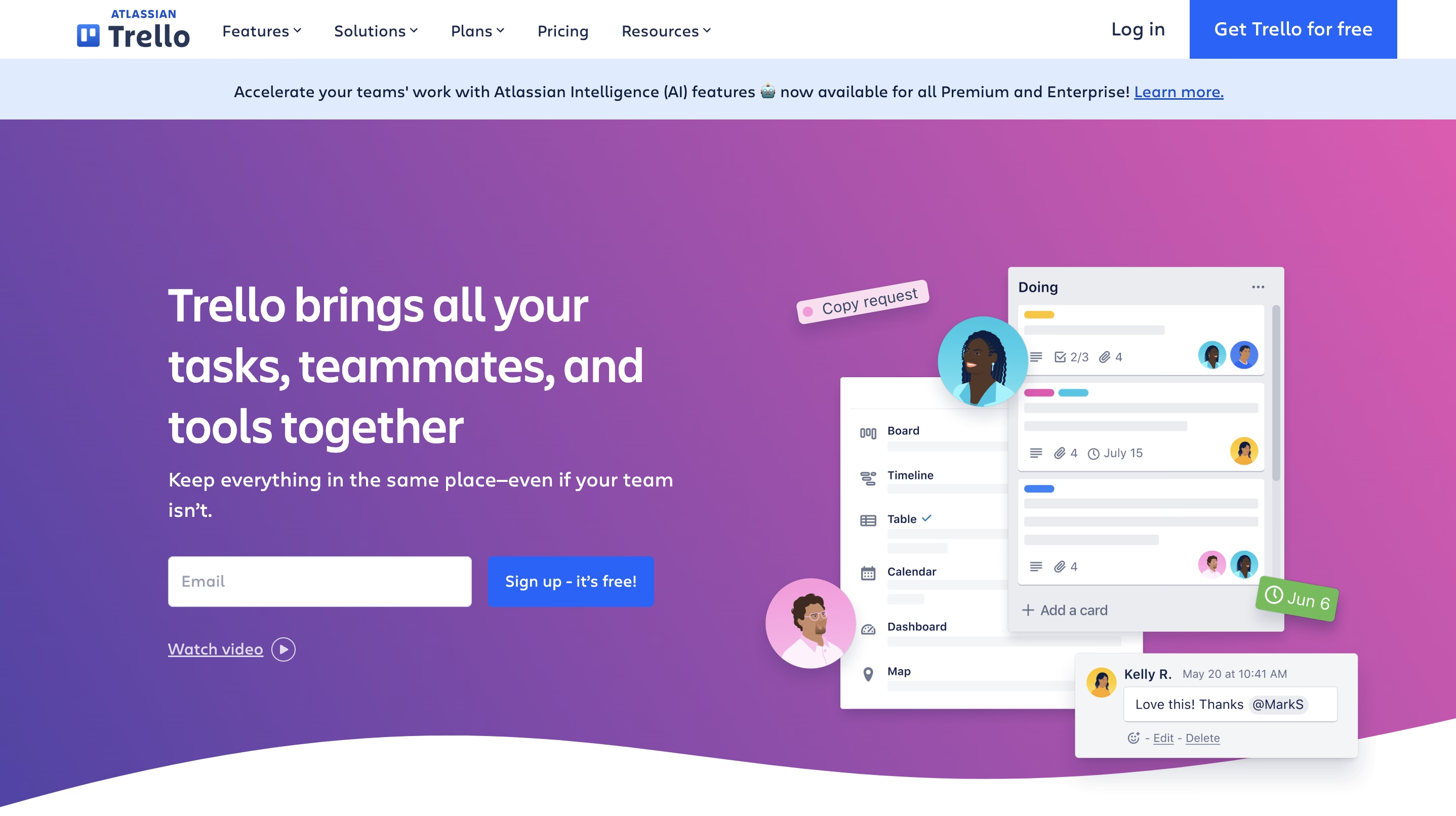Struggling with content deadlines while maintaining quality feels like spinning plates blindfolded. Most teams waste hours weekly searching for ideas, missing key dates, and struggling with consistent posting time. This guide easily solves that chaos with a battle-tested system of mapping 365 days of content in a single session.
You will find how to break annual planning into bite-sized tasks. You can also leverage repeatable frameworks and align every post with business goals. Let us transform your scattered ideas into an organized content calendar that runs like clockwork.
Understanding Content Calendar Fundamentals
The solution is here if you are juggling missed deadlines and chaotic content workflows. A content calendar brings clarity to your marketing by mapping out your strategy. It ensures consistent and goal-oriented publishing. Here are some fundamentals you need to know:
What Makes a Great Content Calendar
Great content calendars blend a solid structure with the flexibility to adapt quickly. They should match your content strategy, focus on your audience's wants, and work across all platforms. Color coding and timelines make it easy to see progress at a glance. A well-planned calendar prevents last-minute content gaps and rushed posts. Regular updates make sure it stays aligned with changing goals.
Essential Components for Success
Key elements in your content calendar include your goals, audience profiles, content types, and where you will share it. You should assign roles, set deadlines, and monitor your KPIs. Digital tools can also be used to automate reminders, keep everything in one place, and streamline common tasks. Tracking past content performances helps refine future strategies. You should always adjust plans based on audience engagement and trends.
Common Content Planning Pitfalls to Avoid
You should not stuff too much into your schedule, ignore analytics, or keep teams separate. Posting inconsistently hurts trust, and being too rigid misses timely opportunities. Always leave room for trends and review content performance monthly. Additionally, ignoring competitor strategies can limit growth opportunities. So, compare content success metrics to stay competitive.
Balancing Evergreen and Timely Content
Mix relevant content with posts about current trends to stay visible. Always aim for 70% evergreen content for constant traffic and 30% timely content to jump on popular topics. This approach helps maximize reach without sacrificing long-term value. Evergreen content supports SEO and builds authority over time, and trending posts create spikes in engagement.

Step-by-Step Guide to Annual Content Planning
A content calendar provides a structured roadmap for consistent and impactful content. This section breaks down annual planning into manageable steps for an organized strategy:
Step 1: Setting Your Content Goals and KPIs
First, define what you want to achieve: boost brand awareness, drive website traffic, or generate leads. Align this objective with your overall business goals to ensure content contributes to company performance. Then, select KPIs to measure progress, like engagement rates and overall reach.
Step 2: Identifying Content Pillars and Themes
Establish content pillars of the core topics relevant to your audience and brand. These pillars support various themes and sub-themes, providing a clear strategic view of your content plan. For example, a social media marketing company might have pillars like “social media content calendar” and “social media analytics.”
A study by Statista shows that in 2024, social media advertising spending worldwide reached approximately $234.14 billion.
Step 3: Creating Your Content Categories
Organize your content into specific categories based on formats (blog posts, videos, and infographics) or purpose (promotional, entertaining). A content calendar template can help you visualize these categories. This categorization simplifies your content planning workflow and helps you maintain a balanced mix of content types.
Step 4: Mapping Out Key Dates and Events
Incorporate significant dates, events, partnerships, and planned campaigns into your editorial calendar. Use a content schedule to visualize your content month by month, ensuring a consistent narrative. Content calendar examples from top-performing brands can inspire structuring your own plan. Do not forget to add holidays, product launches, and industry conferences.
Content Calendar Tools and Templates
The right content calendar tools turn planning headaches into streamlined workflows. Whether you prefer templates or tech, these solutions will keep your strategy aligned:
Digital Content Planning Solutions
Eskritor stands out with AI-powered smart scheduling suggestions and automated workflows for seamless digital content planning. Unlike generic tools like Trello, it adapts to your strategy, while competitors lack its AI depth. It is ideal for teams prioritizing quality and efficiency in one platform.
Choosing the Right Tool for Your Needs
Here is the list of social media content calendar tools with details:
- Eskritor: AI-powered writing tool streamlines content calendar with smart features and collaboration.
- Google Calendar: Simple and affordable tool for content scheduling with color-coding features.
- Spreadsheets: Cost-effective and customizable solution using Google Sheets for the content management system.
- Trello: Visual project management tool with broad for content planning workflows.

1. Eskritor
Eskritor is an advanced AI-powered writing tool that simplifies the process of creating a content calendar. By using its AI capabilities, you can generate tailored content ideas based on your specific goals and target audience. After giving a detailed prompt about your needs, target audience, and goals, it asks 4 to 5 more questions to add depth to your content calendar. This comprehensive approach creates a calendar that aligns with your marketing objectives.
Eskritor supports more than 40 languages, including Spanish, Portuguese, and German, which break down language barriers. With features like automatic tracking of previous versions and easy document sharing, collaboration becomes effortless. This ensures that teams can work together efficiently while maintaining a clear view of content strategy and deadlines.
Key Features
- AI-Powered Content Generation: Its AI writing capabilities transform simple prompts into a comprehensive content calendar that meets your needs.
- Automated Grammar and Style Enhancement: Improve grammar, readability, and overall quality of your text within a few seconds.
- Content Expansion: It easily increases or decreases text length to meet specific requirements or formats.

2. Google Calendar
Google Calendar offers a straightforward and budget-friendly way to visualize your content calendar. The simple event creation and sharing features make it easy to schedule posts and collaborate with the team. Color coding helps organize content by platform, keeping your content planning strategy on track. However, sometimes, it can have syncing issues across devices, which can lead to missed deadlines.

3. Spreadsheets
Google Sheets offers a cost-effective and customizable way to manage your content calendar. You can easily find and import pre-made social media content calendar templates or build one from scratch. It is a decent option for team planning, and formulas automate tasks. However, it requires manual posting and lacks direct integration with social media platforms.

4. Trello
Trello is a visual project management tool ideal for creating content calendars. Its customizable boards and card system allow teams to map out campaigns and track progress easily. The ability to create to-do lists streamlines your content planning workflow. However, Trello has limited board customization options, which may not suit users with advanced organizational structures.
Tools | Core Features | Target Users | Pricing |
|---|---|---|---|
Eskritor | AI content generation, multiplatform sharing, real-time editing, 40+ language support | Content teams, marketers, freelancers, students, multilingual creators | Free Trial and Paid Plan |
Google Calendar | Event scheduling, color coding, shared calendars, mobile access, time zone support | Small businesses, remote teams, individuals needing simple scheduling | Free |
Spreadsheets | Custom templates, formulas, real-time collaboration, manual tracking | Bootstrapped startups, solo creators, teams needing basic tracking | Free |
Trello | Visual project boards, task assignments, power-up integration, team workflows | Project managers, agile teams, remote collaborators, visual planners | Standard: $5/user/month |
Streamlining Your Content Planning Workflow
Efficient content creation streamlines the workflow, minimizes bottlenecks, and maximizes team productivity. Take a look at these practices that can work best:
Time-Saving Content Planning Strategies
Streamline your content creation by creating templates, assigning roles, and setting clear deadlines. Use project management tools to track progress, automate repetitive tasks, and implement different strategies to quickly adapt to changing priorities.
Automation and AI in Content Planning
Tools like Eskritor, with AI capabilities, can automate content creation, enhance content, and optimize tone. Use AI to ease tedious tasks, summarize content, and generate variations. It saves time and frees up your team for strategic planning and creative tasks.
Team Collaboration Best Practices
Always establish clear roles, communication channels, and feedback loops to enhance collaboration. Implement a structured review system and use collaborative tools for commenting. This ensures timely feedback and minimizes revisions.
Advanced Content Calendar Strategies
Here are advanced strategies to elevate your content planning strategy and editorial calendar approach:
- Content Repurposing and Cross-Platform Planning: Transform successful content across multiple platforms for maximum reach.
- Managing Multiple Content Types: Organize different content types with clear ownership and deadlines.
- Content Calendar Analytics and Optimization: Track metrics and test content to optimize performance.
Content Repurposing and Cross-Platform Planning
Transform high-performing blogs into videos, infographics, and social threads to maximize reach. A Fortune Business Insights study shows the appointment scheduling market at $470.7M in 2024. Use tools like Zoho Social to adapt core messages for platforms like Instagram or LinkedIn. With a projected $1.55 billion market by 2032, strategic scheduling ensures consistency without duplication.
Managing Multiple Content Types
Organize blogs, emails, and social posts using dedicated calendars. Assign owners, deadlines, and status labels to track blogs, videos, and podcasts together. Template-driven workflows prevent overlap and missed deadlines.
Content Calendar Analytics and Optimization
Track KPIs like engagement rates and CTRs to refine your content schedule. You can also use A/B testing for headlines and prioritize updating evergreen content over creating new posts. Using AI-driven analytics can further enhance decision-making by identifying performing content patterns.

Implementing Your Annual Content Plan
Here are some simple steps to implement your annual content plan:
- First 30-Day Action Plan: Audit content, align team goals, and create a monthly schedule.
- Quarterly Review Process: Analyze content metrics and refine strategy based on performance data.
- Adapting Your Calendar for Changes: Make your schedule flexible to meet market changes.
First 30 Days Action Plan
Start your content planning strategy by auditing existing content and aligning your team around goals. Develop a detailed content schedule for the first month and schedule meetings with stakeholders to gather feedback. This groundwork ensures the editorial calendar is practical.
Quarterly Review Process
Set quarterly reviews to analyze content performance against defined KPIs. Use data to refine your content planning strategy, adjusting themes and formats based on engagement metrics. Regular review keeps your content calendar flexible and responsive to audience needs.
Adapting Your Calendar for Changes
Prepare for market shifts by building flexibility into your content schedule. Keep your content planning strategy adaptable by allocating time for emerging trends. Regularly update your editorial calendar to address new opportunities while staying true to your core objectives.
Conclusion: Create an Effective Content Calendar with Eskritor
Planning 12 months of content in a single day might sound impossible, but with the right strategy, it is totally possible. You can streamline your workflow by setting clear goals, using templates, and using the AI tool Eskritor. Its AI-powered features keep you ahead of deadlines.
With AI transforming industries worldwide, content planning is no exception. According to Grand View Research, the global AI market is expected to reach $1.81 trillion by 2030. It highlights the growing reliance on AI solutions. So, are you ready to simplify content planning? Try Eskritor today and take control of content strategy!






 location
location